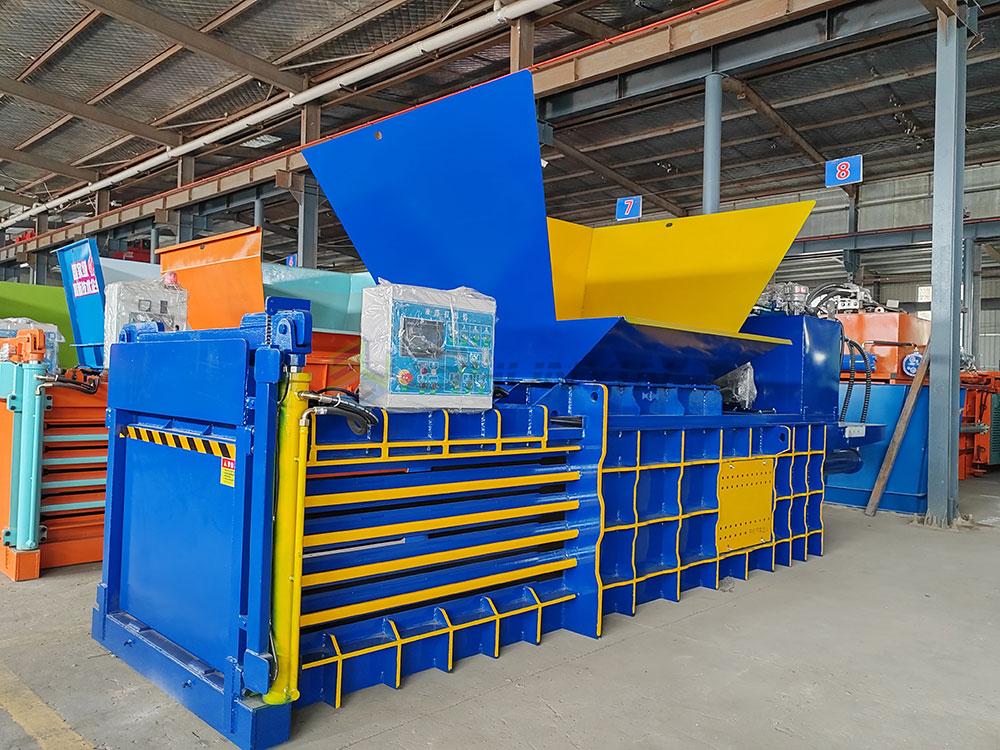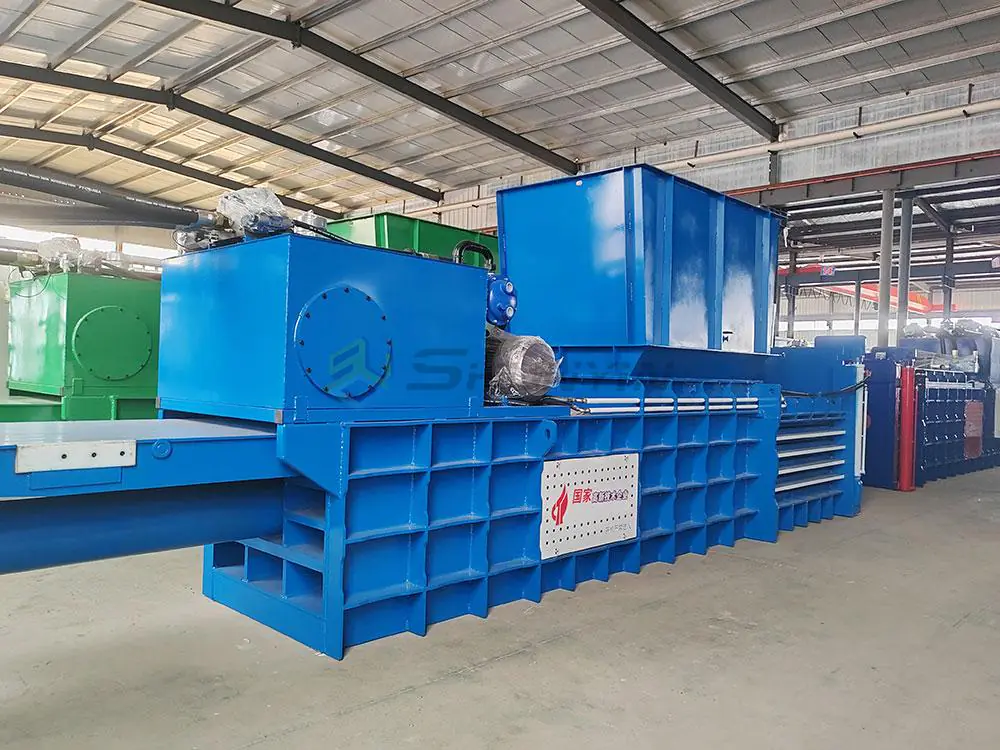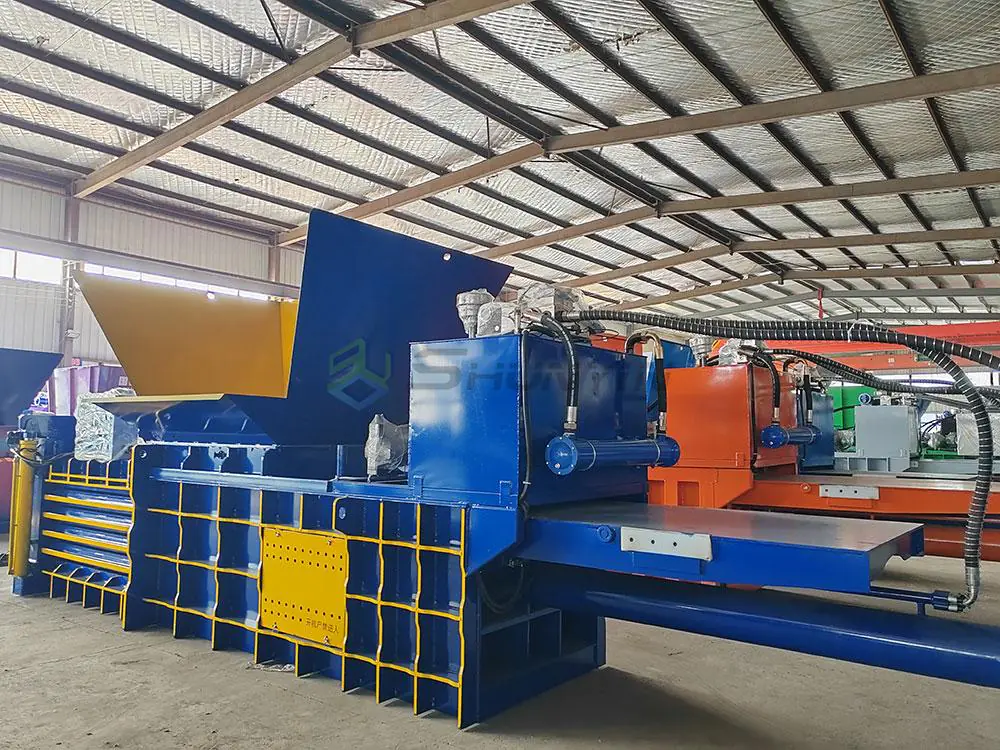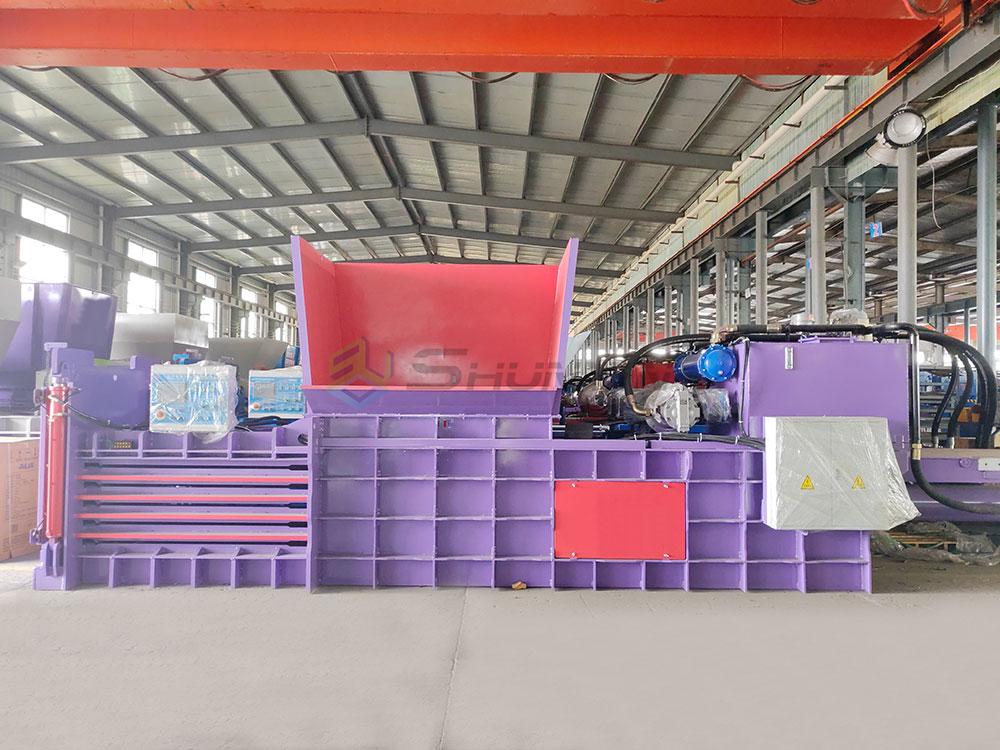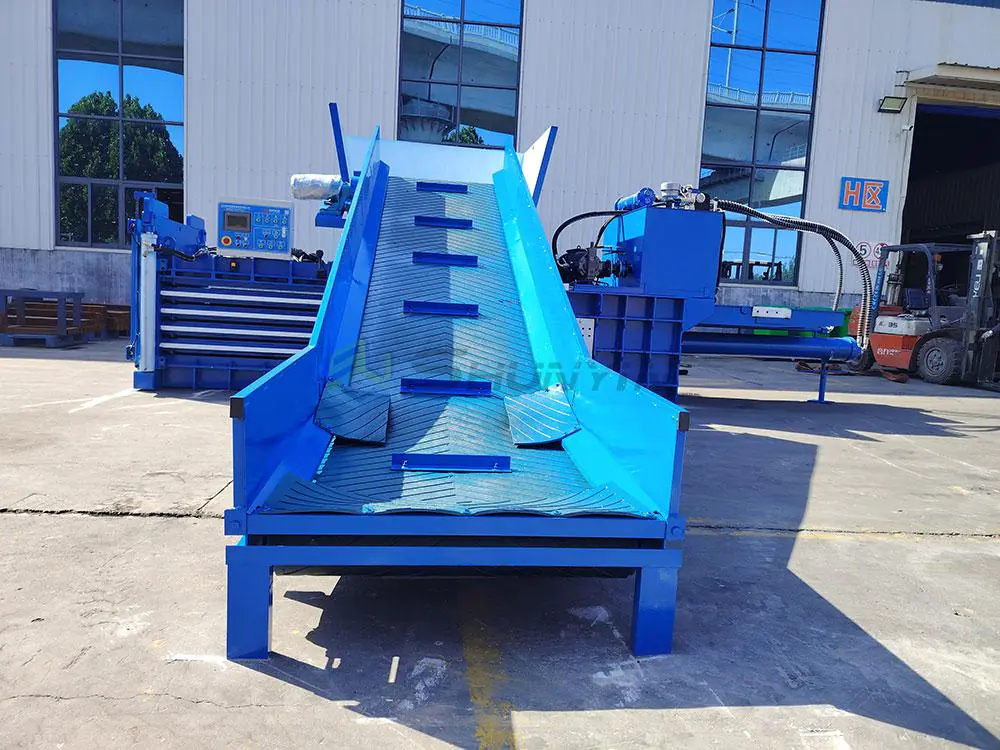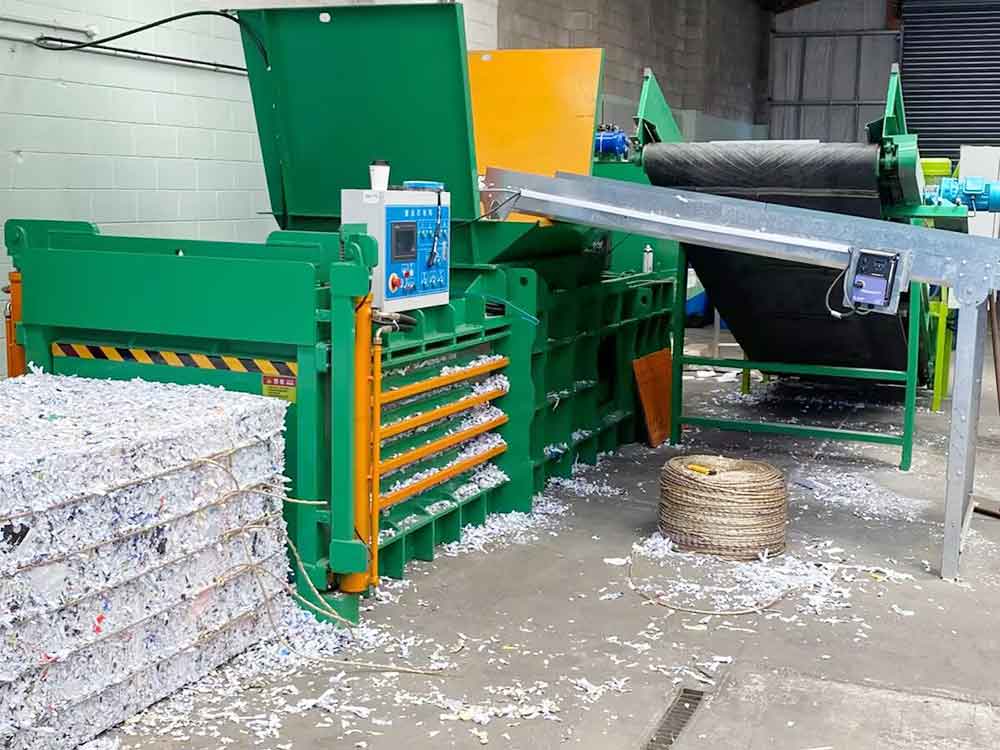
When Manila’s largest recycling plant nearly shut down from vertical baler jams last monsoon season, we retrofitted them with horizontal units – processing time dropped 68% despite wet paper-plastic mixtures.
Horizontal balers outperform vertical models for mixed waste through wider chambers (1.5m vs 0.8m), dual-axis compression, and self-cleaning systems. Our SY-750H processes 5.3 tons/hour of combined cardboard/textiles/plastics versus vertical balers’ 1.8T/H maximum with similar inputs.
Let’s unpack the mechanical realities of mixed material handling.
What Is the Difference Between Vertical and Horizontal Balers?
I learned this lesson the hard way in Santiago when a client’s vertical baler exploded compressing mixed e-waste – plastic melt fused their ram. Now we enforce strict material guides for vertical units.
Key Operational Differences
| Feature | Vertical Balers | Horizontal Balers |
|---|---|---|
| Chamber Orientation | Vertical compression | Horizontal material flow |
| Typical Force | 12-25 tons | 18-60 tons |
| Bale Weight | 100-300kg | 400-1500kg |
| Feed Height | 1.8-2.5m | 0.6-1.2m |
| Cycle Time | 3-8 minutes | 1.5-4 minutes |
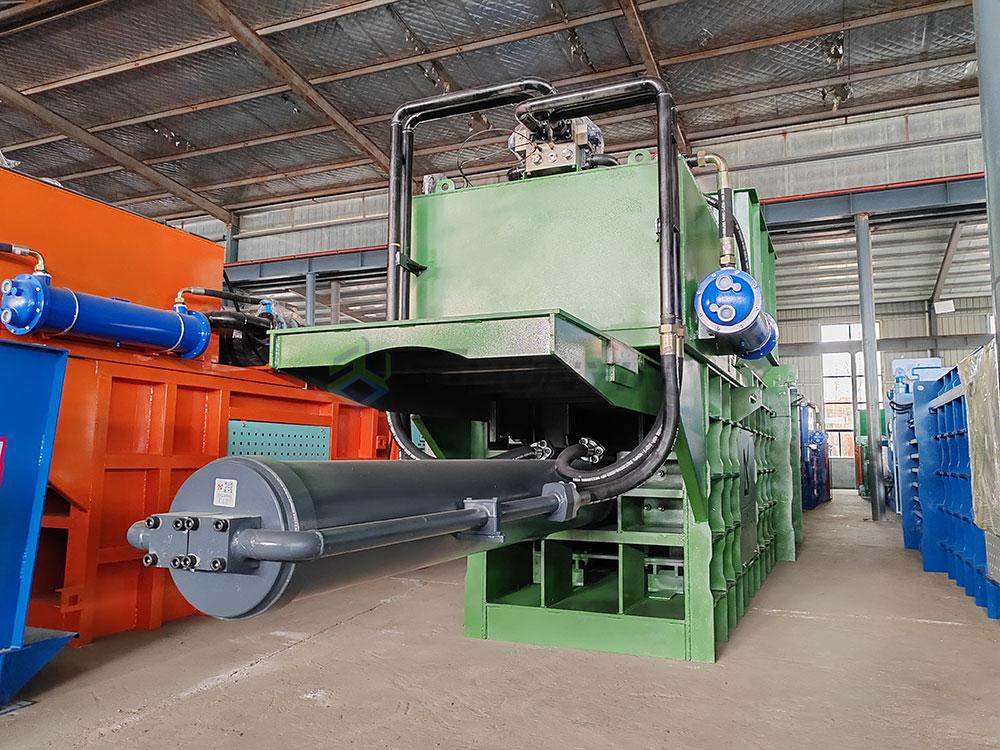
The game-changer? Horizontal balers’ staggered rams crush materials into evolving cross-sections – perfect for irregular mixed loads. Our adaptive compression algorithms adjust 320 times per cycle, digesting everything from dirty diapers to metal scraps.
What Are Vertical Balers Used For?
Last Tuesday, I watched a vertical baler shred through Tokyo’s luxury mall packaging – 140 Gucci boxes/hour without breaking sweat. They’re ideal for:
① Uniform Materials
Cardboard boxes, PET bottles, aluminum cans
② Space-constrained Sites
Back rooms, retail stores, small workshops
③ Low-throughput Needs
1-3 tons/day generation
④ Clean Recycling Streams
A Munich bakery uses our SY-V40 vertical unit to compact flour sacks – 90kg bales perfect for their narrow alley access. But attempt mixed plastics/paper? Their failed trial jammed the sensor array.
What Is a Horizontal Baler?
During Shanghai’s lockdown, we converted garment factory horizontal balers to process 7 waste streams simultaneously – lifespan decreased just 13% versus vertical units’ 78% failure rate.
Horizontal balers feature:
- Low-profile conveyor feeding (0.6m height)
- Multi-stage compression chambers
- 360° material agitation systems
- Intelligent debris ejection

Mixed Waste Specialization
Our SY-980H model’s secret sauce:
1. Vibrating Pre-sorter
Separates textiles/metals with 94% accuracy
2. Rotary Shredder
Breaks down large irregular items pre-compaction
3. Thermal Monitor
Detects melting plastics (adjusts pressure/temp)
4. Auto-lubrication
15-nozzle system prevents material buildup
Seoul’s electronic waste plant processes 18 tons/day of cables/plastics/circuit boards – materials that would destroy vertical balers in weeks.
What Is a Baler in Waste Management?
When Jakarta’s landfill taxes tripled last year, balers became survival tools. Modern systems now handle:
Primary Functions
• Volume reduction (5:1 average)
• Material sorting
• Transport optimization
Emerging Roles
• Data collection (waste analytics)
• Energy recovery (hydraulic heat capture)
• Carbon credit generation

Facility Integration Examples
Vertical Baler Setup
Mall recycling room: → Vertical baler → 80kg bales → Weekly pickup
Horizontal System Flow
Mixed waste → Pre-shredder → Magnetic separator → Horizontal baler → 500kg bales → On-site shredder
Our hybrid SY-CrossFlow model lets facilities switch between modes – Barcelona’s plant alternates based on seasonal waste mixes, boosting ROI 22%.
Conclusion
Mixed waste demands horizontal’s muscle. Request our free "Balers Cost Calculator" at [email protected]. First 15 emails get facility layout templates. Still undecided? Visit our Guangzhou demo center – try crunching car parts vs Christmas decorations live!


